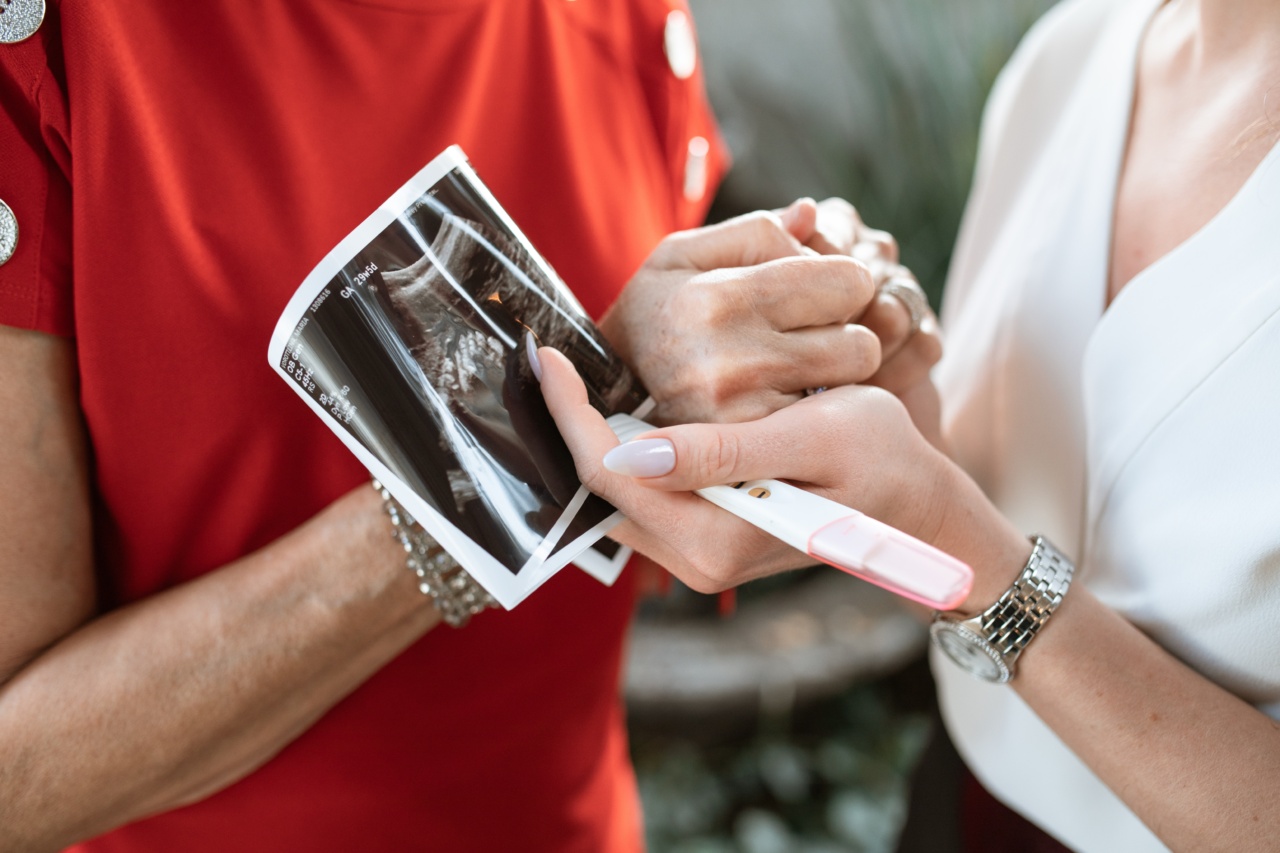Robotic uterus transplantation is an innovative medical procedure that offers hope to women who are unable to conceive or carry a child on their own.
This groundbreaking technology has opened up new possibilities for couples struggling with infertility or certain medical conditions that affect the uterus. By using advanced robotic techniques, surgeons can successfully transplant a functioning uterus into a woman’s body, allowing her to conceive and give birth to her own child.
In this article, we will explore the fascinating world of robotic uterus transplantation and the potential it holds for couples longing to have a baby.
The Evolution of Uterus Transplantation
Uterus transplantation has been a field of medical research for several decades, with the aim of providing a solution for women unable to conceive due to uterine factor infertility.
In the early years, uterus transplantation was performed using traditional open surgery techniques, which often resulted in significant complications and prolonged recovery periods for the patients. However, advancements in robotic surgery have revolutionized the field and opened up new possibilities for successful uterus transplantation.
The Robotic Approach
Robotic uterus transplantation involves the use of minimally invasive robotic surgical systems, such as the da Vinci Surgical System, to perform the transplantation procedure.
This technology allows surgeons to make smaller incisions, resulting in reduced scarring, less pain, and quicker recovery times for the patients. The robotic arms used in the surgery offer enhanced precision and dexterity, enabling the surgeon to perform intricate surgical maneuvers with greater accuracy.
Candidate Selection and Screening
Prior to undergoing robotic uterus transplantation, rigorous screening and selection processes are conducted to ensure that the procedure is suitable for the candidate.
Potential recipients are evaluated based on factors such as their overall health, medical history, and the absence of any contraindications. It is crucial for candidates to have healthy ovaries, as their own eggs will be fertilized and implanted in the transplanted uterus following the surgery.
Donor Considerations
Robotic uterus transplantation requires the availability of a suitable donor uterus for the recipient. Living uterus donors are preferred, as this eliminates the need for immunosuppressive drugs and reduces the risk of organ rejection.
Candidates for living donation undergo thorough medical and psychological evaluations to ensure their suitability for the procedure. Deceased donor uteruses can also be used, but the availability of such organs is limited.
Pre-Transplantation Preparations
Prior to the robotic uterus transplantation, both the recipient and the donor undergo a series of preparatory procedures and tests.
The recipient may be required to undergo hormonal treatments to optimize the conditions for egg retrieval and implantation in the transplanted uterus. Additionally, the surgical team carefully plans the entire procedure, taking into account factors such as organ size matching, blood compatibility, and other critical considerations.
The Transplantation Procedure
The robotic uterus transplantation procedure typically involves a team of highly skilled surgeons and medical professionals. The surgical robot is controlled by the surgeon, who operates from a console using hand and foot controls.
Through small incisions, the robot-assisted surgical instruments, including a camera, are inserted into the recipient’s abdomen. The surgeon then carefully removes the non-functioning uterus and replaces it with the transplanted uterus. The blood vessels and other necessary connections are meticulously reattached to ensure proper blood flow to the transplanted organ.
Post-Transplantation Care
Following the robotic uterus transplantation, the recipient undergoes a comprehensive post-operative care regimen. This includes close monitoring of the transplanted uterus to ensure its proper functionality and rejection-free state.
Immunosuppressive medications are administered to prevent organ rejection, and the recipient is closely monitored by the medical team during the recovery period. Regular check-ups and follow-up appointments are crucial to ensure the success and health of both the mother and the transplanted uterus.
Potential Risks and Complications
While robotic uterus transplantation offers immense hope and opportunities, it is important to recognize that there are potential risks and complications associated with the procedure.
Some of these risks include organ rejection, infection, blood clots, surgical complications, and the side effects of immunosuppressive medications. However, with proper patient selection, meticulous surgical techniques, and ongoing medical care, the risks can be minimized, and the chances of a successful outcome can be significantly increased.
Success Stories and Outcomes
Robotic uterus transplantation has already achieved remarkable success in enabling women to conceive and give birth to their own children.
Several countries have successfully carried out uterus transplantation procedures, giving hope to countless couples struggling with infertility. The development of this technology continues to improve, with ongoing research focused on enhancing surgical techniques, refining patient selection criteria, and ensuring long-term success for both the mother and the transplanted organ.
The Future of Robotic Uterus Transplantation
The future of robotic uterus transplantation holds tremendous potential for expanding access to this life-changing procedure.
As technology advances and surgical techniques improve, it is likely that robotic uterus transplantation will become more widely available and affordable. With each successful transplantation, knowledge and expertise grow, leading to better outcomes and increased confidence in this innovative approach to fertility treatment.
The birth of a child through robotic uterus transplantation represents a triumph of modern medicine and offers hope to those who once believed parenthood was an unattainable dream.





























